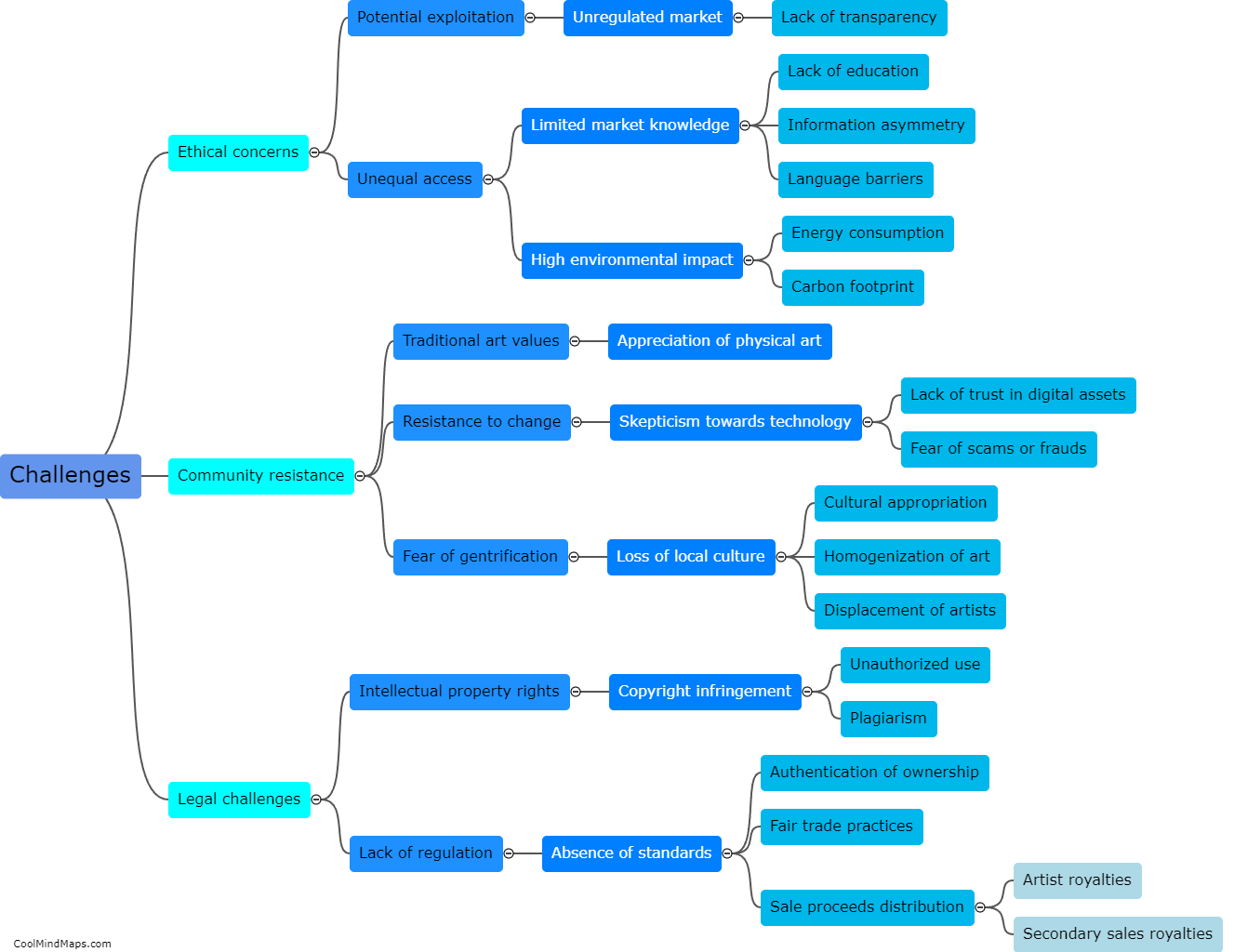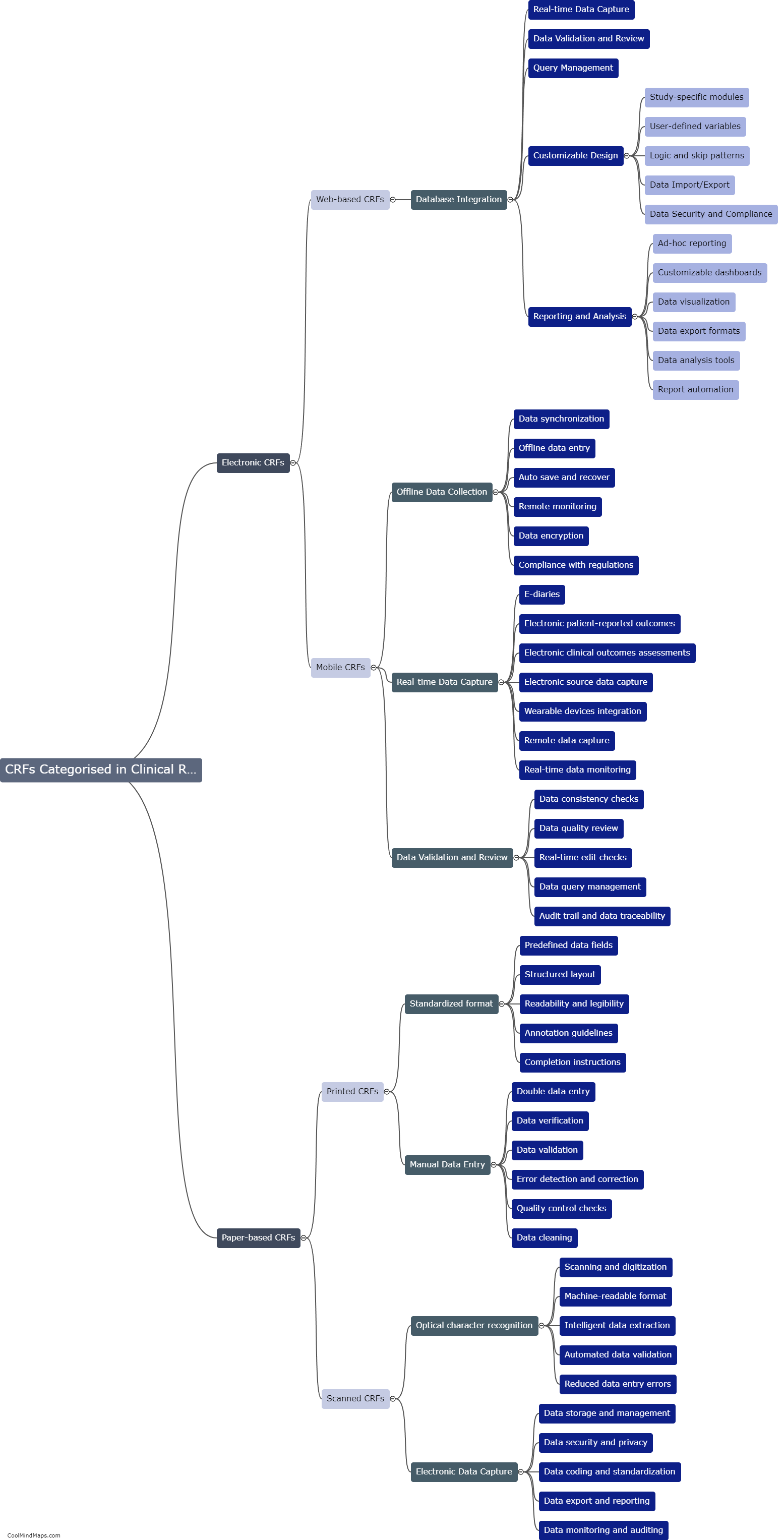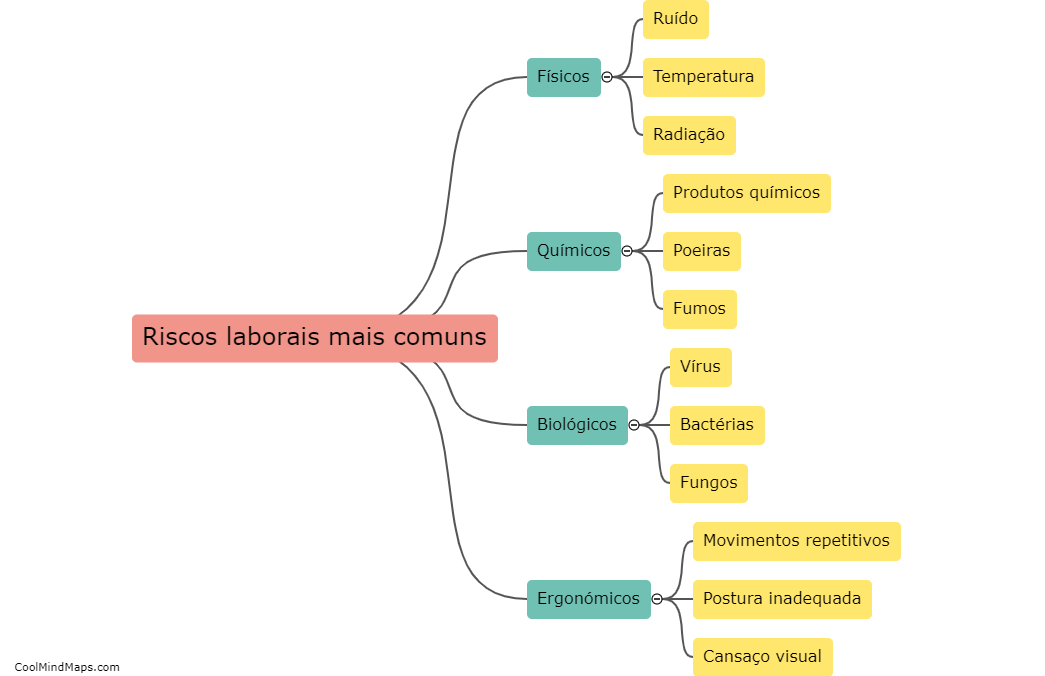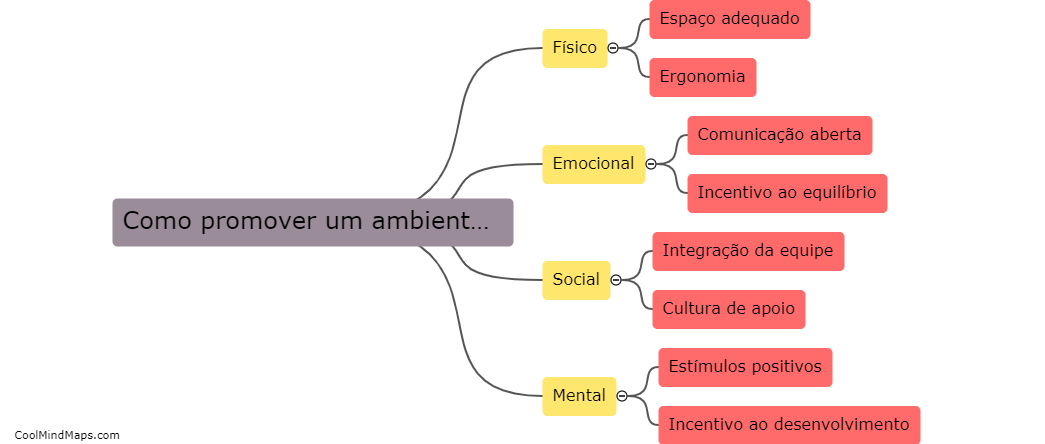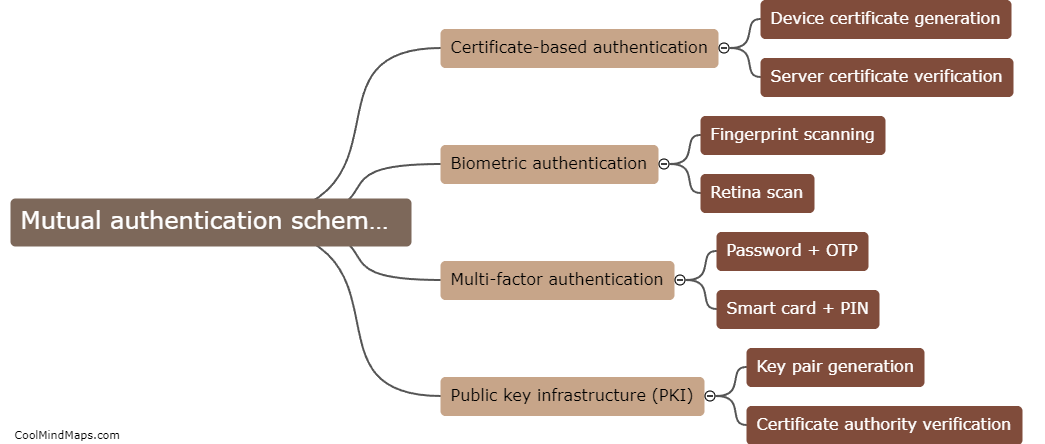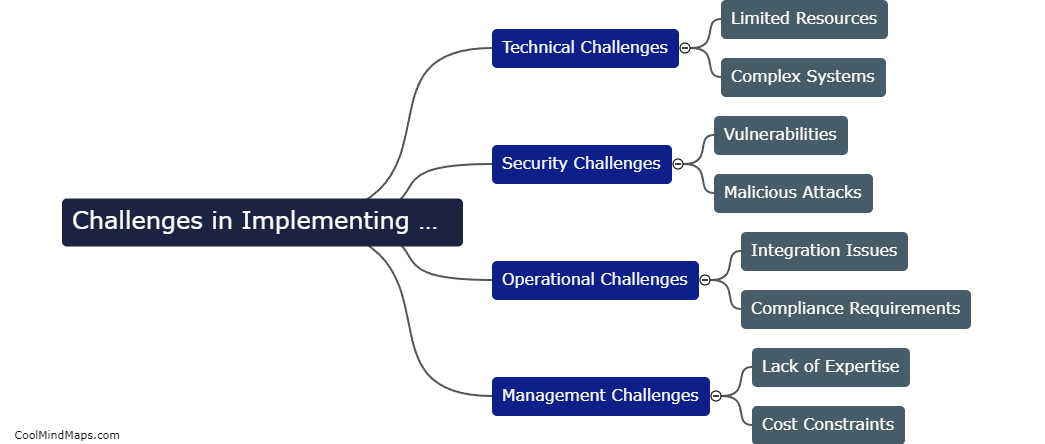How does transcription work?
Transcription is the process in which the information encoded in a gene's DNA is converted into a complementary RNA molecule. This process is carried out by an enzyme called RNA polymerase, which reads the DNA sequence and creates a single-stranded RNA molecule that is an exact copy of one of the DNA strands. Transcription is essential for gene expression and allows the cell to produce the proteins necessary for its function. After transcription, the RNA molecule can undergo further processing, such as splicing and editing, before being used as a template for protein synthesis in a process called translation.

This mind map was published on 30 April 2024 and has been viewed 160 times.

